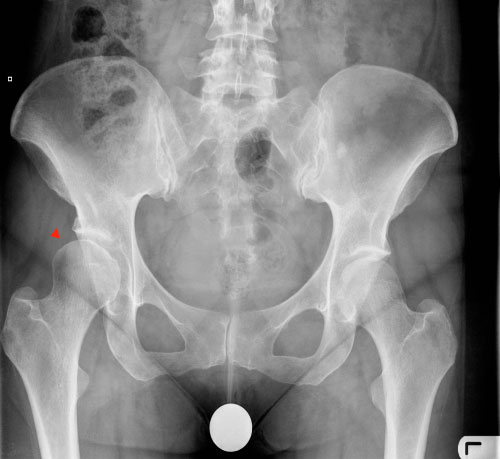 |
For more information call
The Wellington Hospital: 020 7483 5589
Fortius Clinic: 0845 853 1000 The Yorkshire Clinic: 01274 621600 |
Dysplasia
Hip dysplasia is a hip condition in which the socket (acetabulum) covers the femoral head (ball) less than normally. During childhood, the socket of the hip joint (acetabulum) did not form normally, leaving the femoral head partially uncovered. Very often, we see that the weightbearing area of the acetabulum is not horizontal, but is more vertically sloped. A recent study demonstrated that this condition occurs in approximately 4 to 5 % of the population. We do, however, see mainly women symptomatic with this condition. Most women are 30-40 years old and present with groin pain after a minimal incident. About 50 % complain about giving away of the hip.
The diagnosis can be easily made with X rays of the hip.
Patients with dysplasia have more soft tissue coverage of the hip than normal hips and the acetabular labrum is usually bigger (hypertrophic).
In shallow hips more stresses will occur on the soft tissues that cover the ball of the hip joint, and labral tears and articular cartilage lesions can occur.
In patients with mild dysplasia of the hip there is a role for therapeutic hip arthroscopy and it is important that we preserve the damaged structures at all cost. There is, however, not a role for hip arthroscopy in more severe cases of dysplasia and in these cases a peri acetabular osteotomy can be indicated. Most untreated more severe types of dysplasia will develop osteoarthritis of the hip and will require a total hip replacement.

(The red arrow shows the part of the femoral head with is uncovered.)